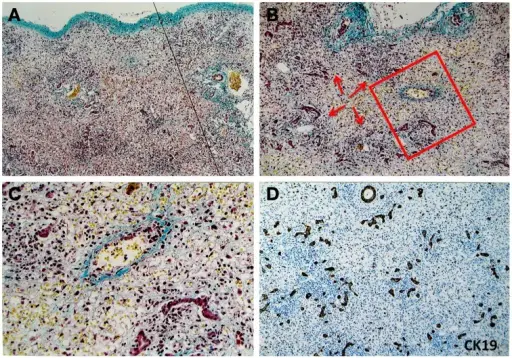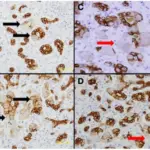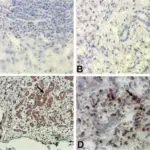Acute liver failure is the loss of liver function in weeks or days.
What is the Pathology of Acute Liver Failure?
The pathology of acute liver failure is:
-Etiology: The cause of acute liver failure may be acetaminophen overdose, nonacetaminophen drug-induced liver injury, and acute hepatotropic viral infection.
-Genes involved: None.
-Pathogenesis: The sequence of events that lead to acute liver failure hepatocellular necrosis beginning in the centrical distribution and progressing towards portal tracts.
-Histology: The histology associated with acute liver failure shows panacinar hepatic necrosis with the collapse of the reticulin framework.
How does Acute Liver Failure Present?
Patients with acute liver failure typically affect female present at the age range of 40-55 years-old. The symptoms, features, and clinical findings associated with acute liver failure include jaundice, ascites, malaise, nausea, vomiting, and pain in the upper right abdomen.
How is Acute Liver Failure Diagnosed?
Acute liver failure is diagnosed with a biopsy, CT scan, and MRI. Blood reports are also helpful.
How is Acute Liver Failure Treated?
Acute liver failure may be treated by doing a liver transplant or auxiliary partial orthotopic liver transplant.
What is the Prognosis of Acute Liver Failure?
The prognosis of acute liver failure is poor with a mortality of 65% to 85%.



